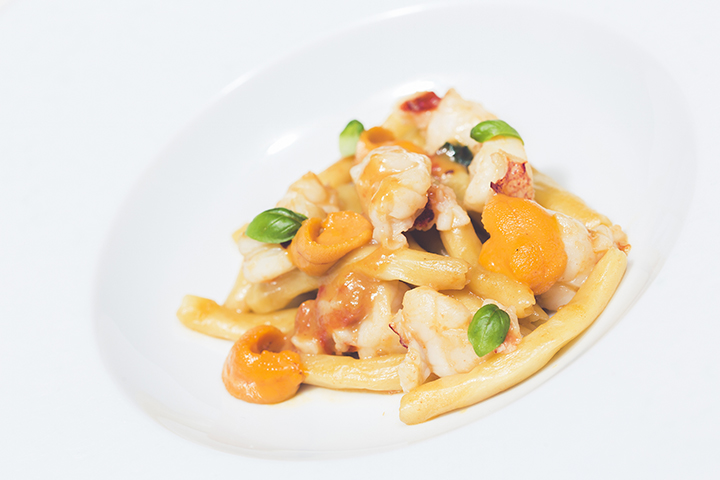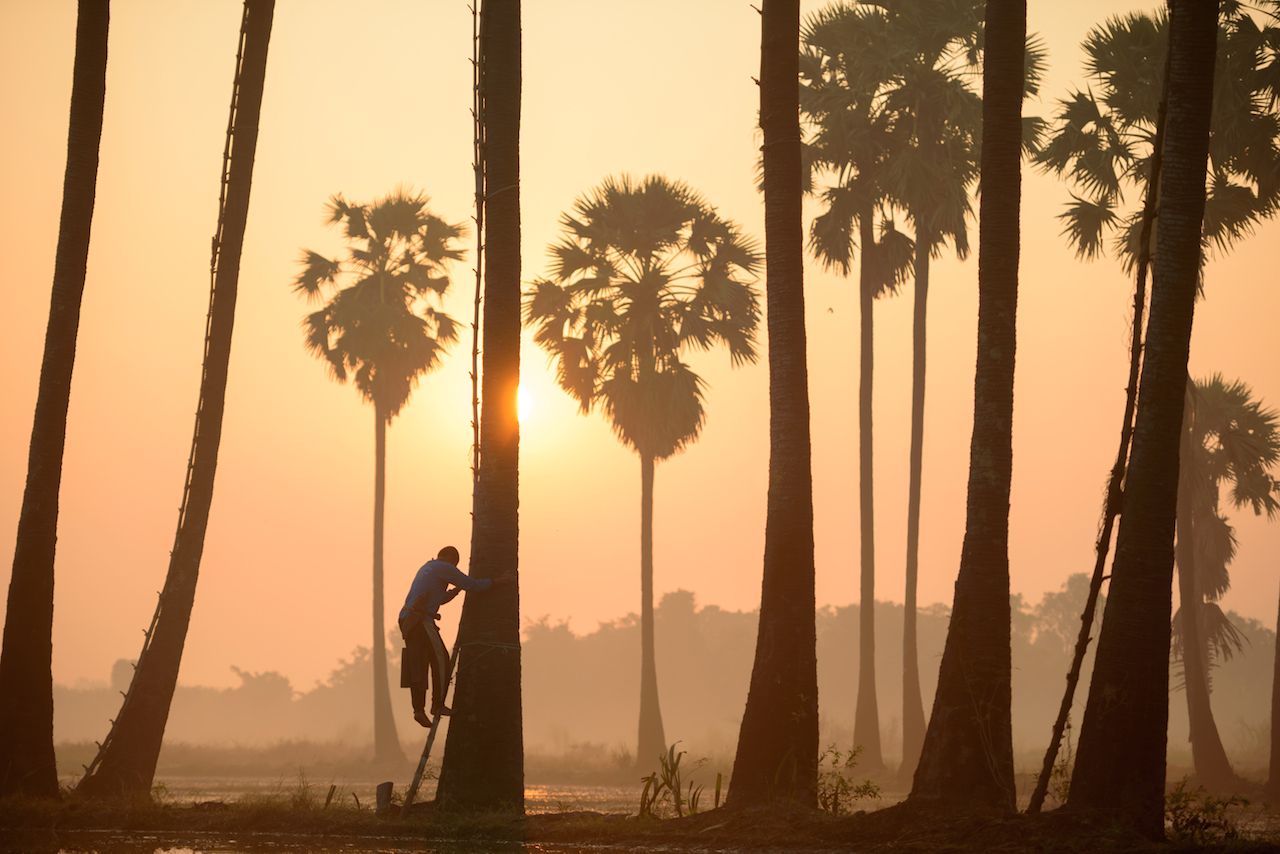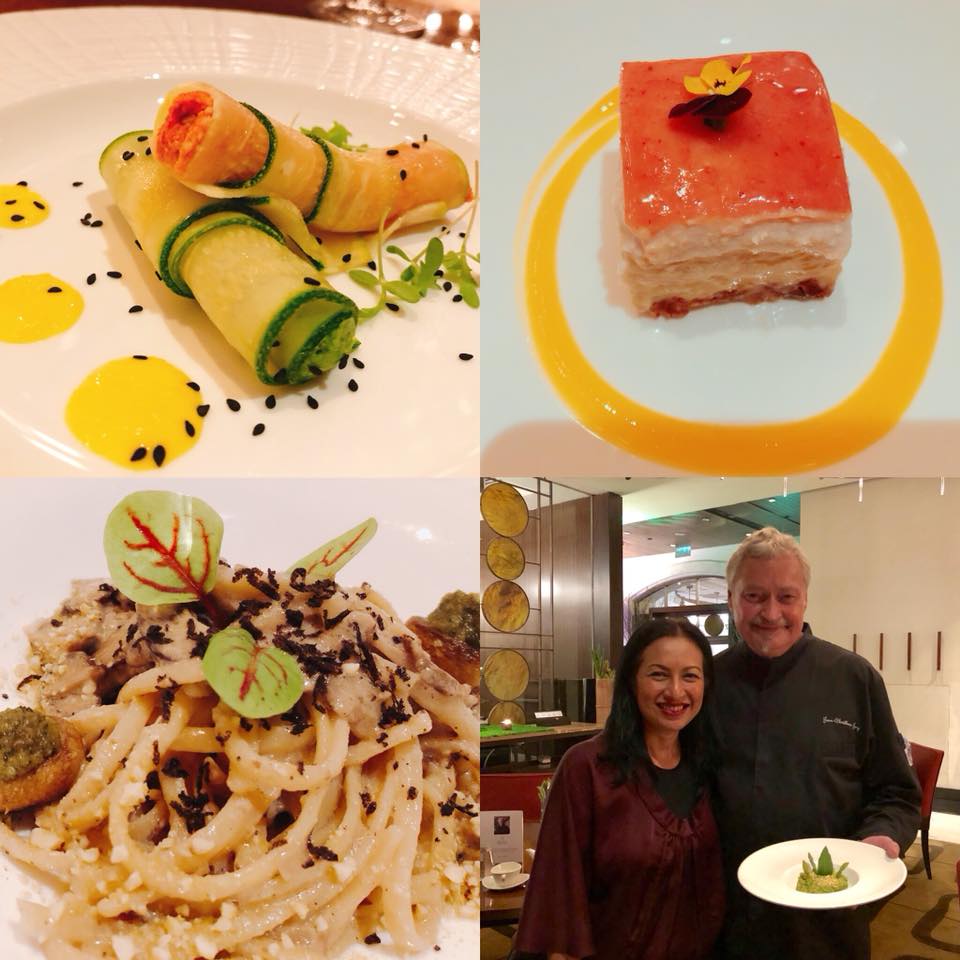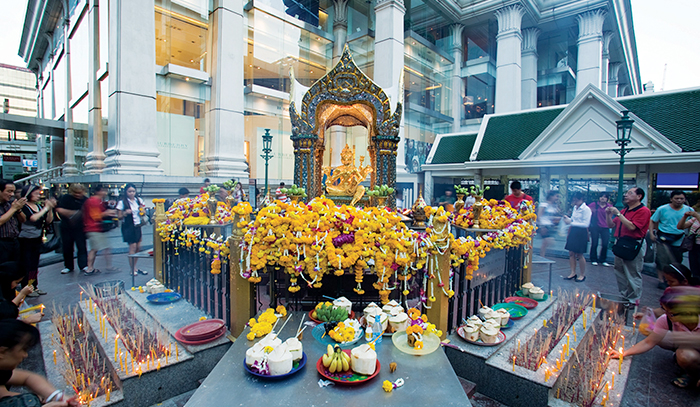Michelin Comes To Town
Thailand is throwing its hat in the fine-dining ring with the arrival of the Michelin guide, making it more attractive to discerning, high-spending tourists and business travellers
By Tim Footman
Food has long been a major component of Bangkok’s appeal to tourists and locals alike, but for many years this meant the dizzying variety of eats available from street stalls and humble shop houses throughout the city. The flash and sizzle of the wok, the pungent hit of chilli and shallot, were as much a part of the Bangkok experience as Chang T-shirts and traffic jams. These days it’s possible to pick up a decent pad krapow or tom yam in most major cities in the world but few would argue that they can beat what you get in Thailand.
Of course there were a few good formal restaurants as well, with Le Normandie and Blue Elephant as stand-outs, but when it came to a critical mass of fine dining, the capital was something of an also-ran, unable to match the quality of regional competitors such as Hong Kong and Singapore. There was good food but relatively little truly great food. Availability of high-quality ingredients, even native Thai products, was patchy, as was the standard of service staff. Then, around the end of the Noughties, something started to change.
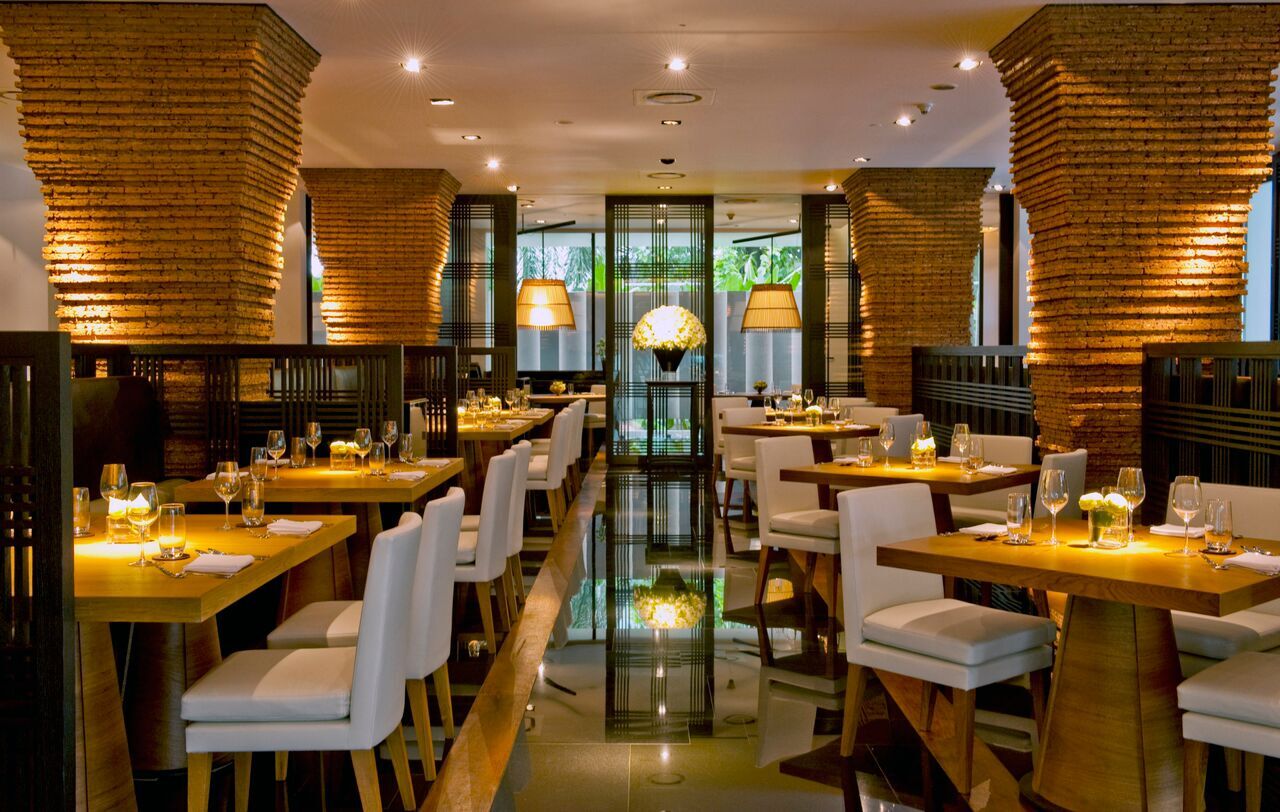
Nahm in London had recently become the first Thai restaurant anywhere to earn a Michelin star and flushed with that success, David Thompson opened a branch at the Metropolitan Hotel on Sathorn Road. The move was not without controversy – an Australian doing Thai fine dining in Thailand was never going to sit well with hyper-patriotic locals – but the success of the venture seemed to spark something among local and expat chefs alike.

Over the next few years, more restaurants appeared that began to attract the interest of foodies from around the world. Bo.Lan (run by Bo Songvisava and Dylan Jones, two of Thompson’s disciples from Nahm in London) and Ian Kittichai’s Issaya Siamese Club were part of the movement to extend the boundaries of Thai food. In a rickety house off Langsuan, Gaggan Anand did the same for Indian cuisine. And culinary wizards who’d won Michelin stars in their homelands started to see Thailand as a profitable location for expansion; Henk Savelberg, Henrik Yde Andersen at Sra Bua by Kiin Kiin, Jean-Michel Lorain at J’Aime, and, in Phuket, Eneko Atza at Aziamendi. And then, at the end of 2014, Joël Robuchon opened his Atelier at the MahaNakhon Cube and it looked as if Krungthep was finally on the global map.

But these weren’t (yet) Michelin-starred restaurants, because the venerable French guide was treading carefully in its progress within Asia, restricting itself first to Japan and then Hong Kong. In its place came the World’s 50 Best awards, regarded by the industry either as a breath of fresh air or a bunch of impudent upstarts (take your pick), which helped to establish the likes of Nahm and Gaggan as compulsory destinations for any globetrotting gourmet, while tapping newcomers such as Ton Tassanakajohn at Le Du and Fatih Tutak at the House on Sathorn for big things.
Every few months, an unattributed rumour would rise to the surface, hinting that Michelin inspectors would be appearing in Bangkok, but the company itself always responded with a polite “no comment”. But finally, in April 2017, the announcement came that the Tourism Authority of Thailand was supporting Michelin for a guide to the Bangkok city’s finest restaurants; the Bangkok guidebook is due out by 6 Dec, 2017.
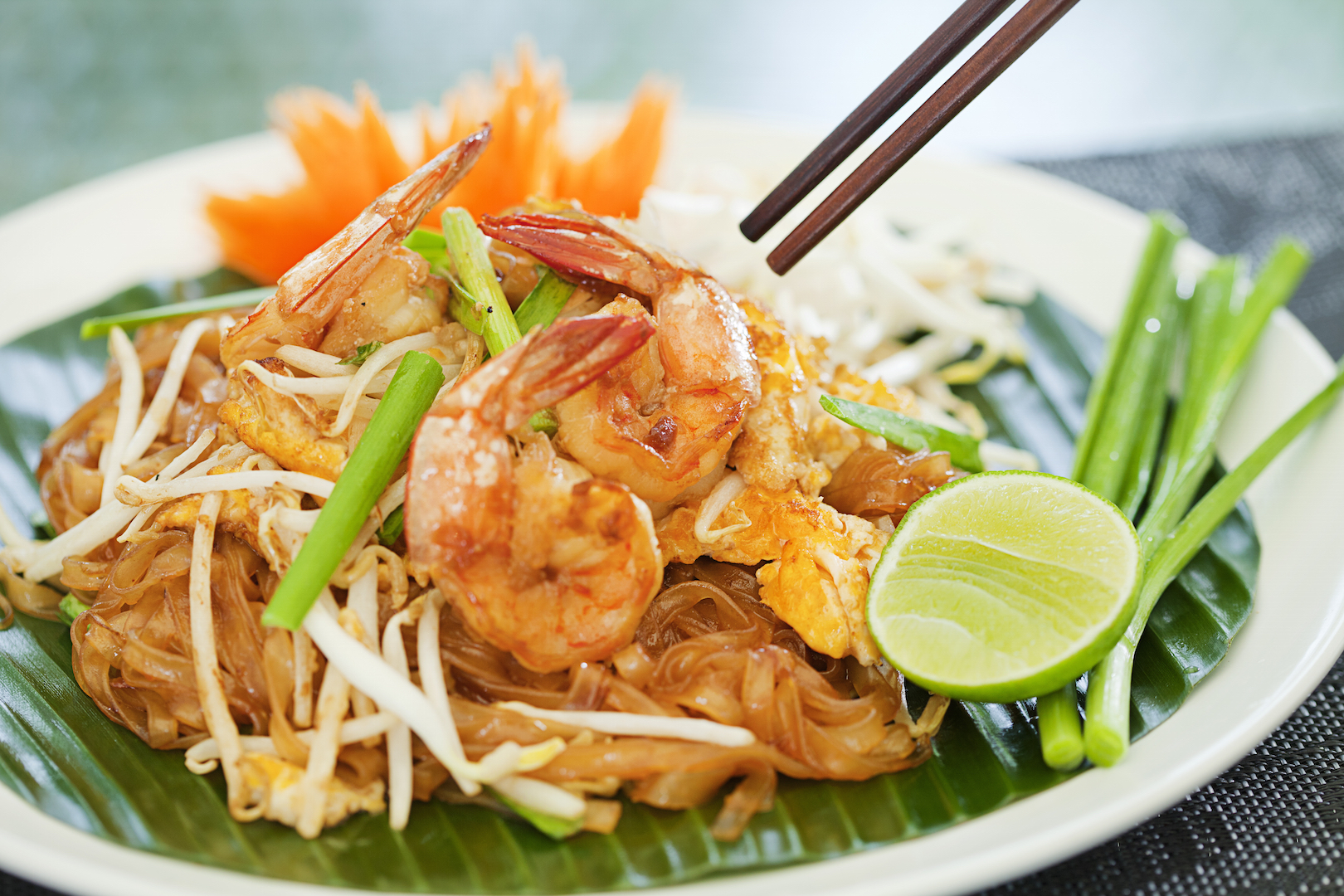
So what exactly does this mean for the city’s restaurants? Michelin rankings are based on multiple anonymous visits by expert inspectors, all of whom have many years’ experience in the food and hospitality industry. And it’s not just the food that’s under scrutiny: wine, service, setting, even the tablecloths can mean the difference between one (“A very good restaurant in its category”), two (“Excellent cooking, worth a detour”) or three stars (“Exceptional cuisine, worth special journey”).
Clearly the TAT sees this as part of its strategy to make Bangkok (and Thailand as a whole) more attractive to discerning, high-spending tourists and business travellers who might have previously skipped over the city in favour of Hong Kong or Singapore. Foodies don’t just spend their money in restaurants; hotels, shops and tour organisers all seem likely to do well out of Bangkok’s enhanced profile. But some have expressed worries that this emphasis on fine dining, combined with recent restrictions on the famous street food subculture, will reinforce the idea that Krungthep is just a playground for the rich. Critics of Michelin argue that the guide encourages talented chefs to follow a specific stylistic path to earn and retain stars and is still wedded to a Western (specifically French) model of high-end eating. Moreover, there are some self-appointed custodians of Thai culinary purity who still haven’t got over the fact that the cuisine is no longer the sole preserve of Thais themselves and don’t like the idea of foreigners coming over and determining what’s good and what’s not.
So, will Michelin be good for Thailand? Certainly it’s a form of validation, reinforcing the idea that the Kingdom needs to be taken seriously on a regional and global level when identifying which chefs and restaurants are setting the agenda for fine dining. But there’s also a justifiable concern that something very important could be lost in the process.

